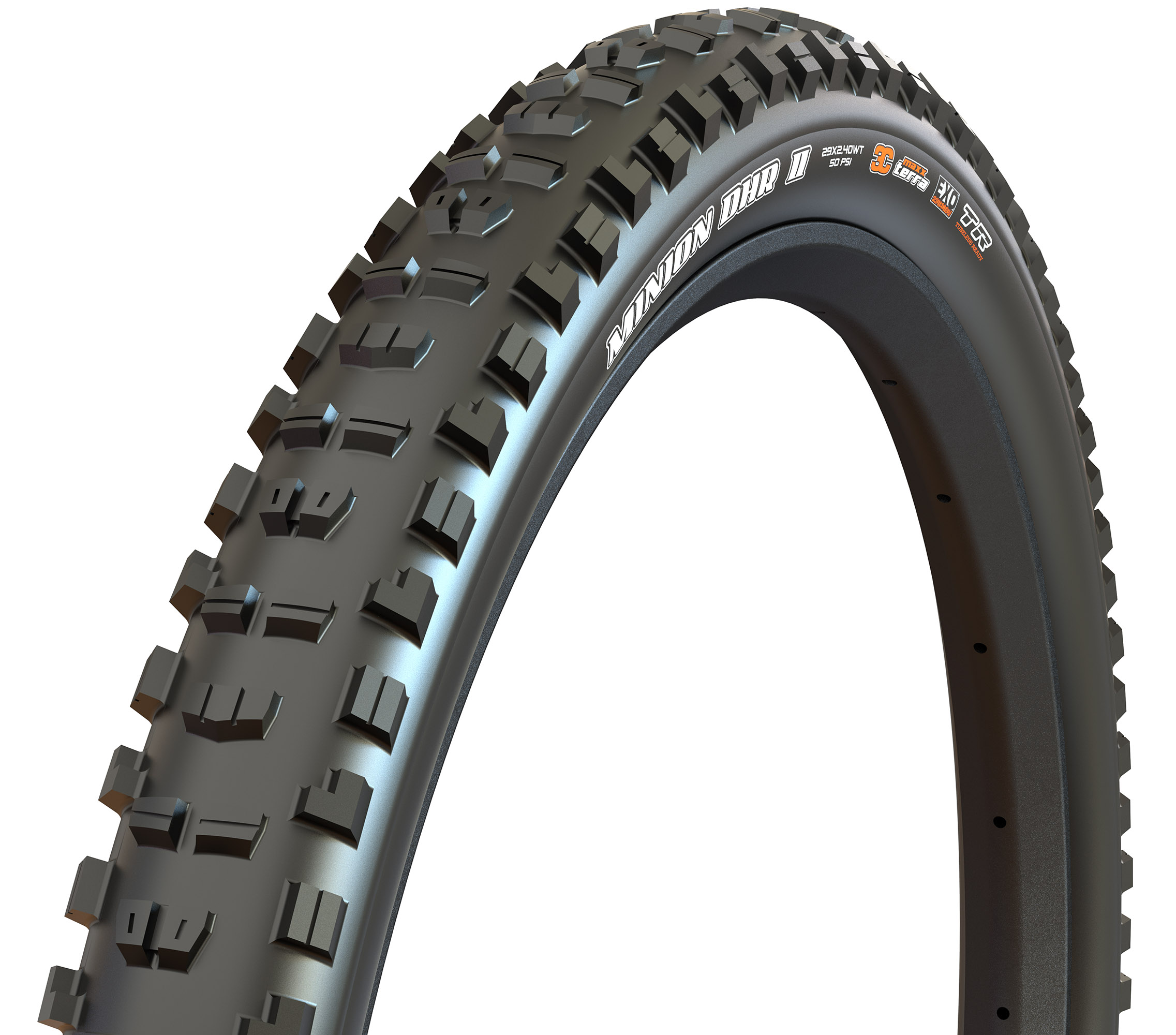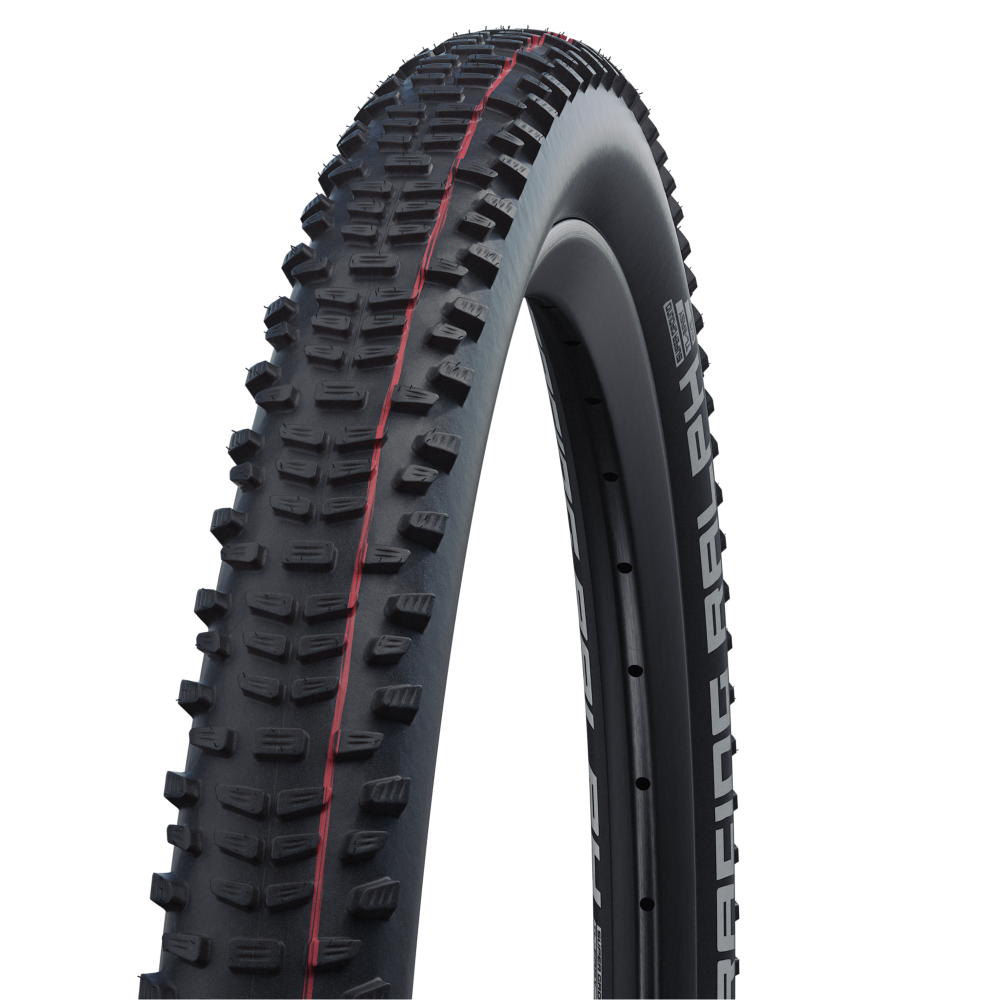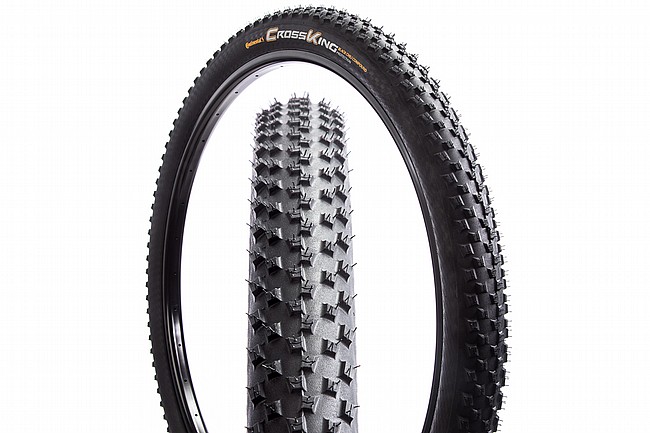How Different Tread Patterns Impact Mountain Biking
Mountain biking is an exhilarating adventure that demands precision, skill, and the right equipment. Among the key components of a mountain bike setup, the choice of tires plays a pivotal role. Specifically, the tread pattern on your tires can significantly influence your riding experience. In this article, we will explore how various tread patterns affect mountain biking by examining different tire models, their advantages, characteristics, and the performance enhancements they offer.

**1. Maxxis Minion DHF/DHR II:
Tread Pattern: The Maxxis Minion DHF (Front) and DHR II (Rear) are renowned for their aggressive, knobby tread patterns. The DHF features large, ramped knobs in the center, flanked by sizable lugs on the sides. The DHR II sports an open, paddle-like design.
Advantages and Characteristics: The DHF's front-specific design delivers exceptional steering control and braking performance. The side knobs provide confidence-inspiring cornering grip, making it a popular choice for aggressive trail riding and downhill courses. The DHR II excels in the rear position with its traction-focused tread. It's equally at home on technical descents and offers predictable slides when needed.
Performance Enhancements: Riders equipped with Maxxis Minion DHF/DHR II tires can confidently tackle steep descents and technical climbs. The tire pairing maximizes control, allowing for aggressive riding styles while maintaining stability.

**2. **Schwalbe Racing Ralph:
Tread Pattern: The Schwalbe Racing Ralph boasts a fast-rolling, semi-slick design with minimal knobs in the center and more pronounced lugs on the sides.
Advantages and Characteristics: The Racing Ralph prioritizes speed, making it an excellent choice for cross-country riders and marathon racers. The low-profile center knobs reduce rolling resistance, allowing for efficient pedaling on smoother surfaces. The side knobs provide reliable cornering grip, although not as aggressive as other treads.
Performance Enhancements: With the Racing Ralph, riders can enjoy faster acceleration and greater efficiency on less technical trails. It's a tire that shines in races where speed is crucial.

**3. **Continental Trail King:
Tread Pattern: The Continental Trail King features an open tread pattern with pronounced knobs throughout. It is designed for all-mountain and enduro riding.
Advantages and Characteristics: The Trail King's evenly spaced knobs provide consistent traction on a variety of surfaces. It excels in both wet and dry conditions, making it a versatile choice for unpredictable weather. The spacing between knobs helps with self-cleaning, preventing mud buildup.
Performance Enhancements: With the Continental Trail King, riders can confidently tackle a wide range of terrain. It strikes a balance between rolling resistance and traction, making it an ideal choice for riders seeking versatility.

**4. **WTB Vigilante:
Tread Pattern: The WTB Vigilante features large, square-shaped knobs with aggressive spacing. It's designed for aggressive trail and enduro riding.
Advantages and Characteristics: The Vigilante's square knobs provide excellent braking traction, and the wide spacing allows for self-cleaning in muddy conditions. Its robust construction withstands aggressive riding, making it a reliable choice for riders who push their limits.
Performance Enhancements: The WTB Vigilante instills confidence when navigating steep descents and technical climbs. It excels in muddy or loose conditions, providing reliable grip and control.
In mountain biking, the choice of tire tread pattern can significantly impact your riding experience. Each tread pattern offers unique advantages, allowing riders to tailor their setup to their preferred riding style and terrain. Whether you prioritize speed, control, or versatility, there is a tire tread pattern suited to your needs. As you explore the diverse world of mountain biking, don't underestimate the importance of your tire selection—it might just be the key to unlocking your full riding potential.









